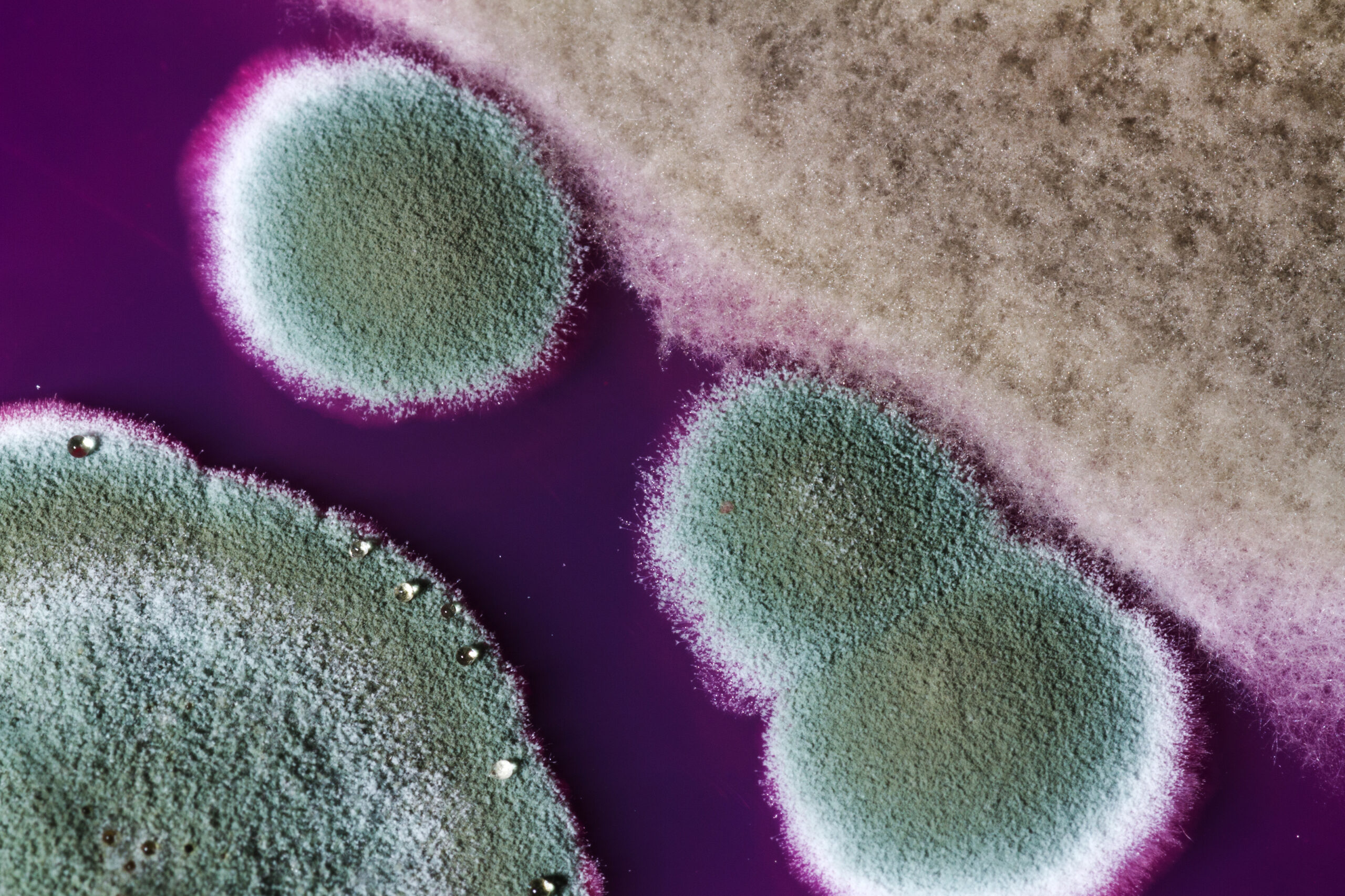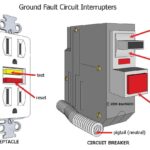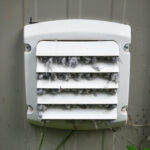GFCI and AFCI Protection
What is a GFCI? Continue Reading
25 Apr

Mold is a fungus that naturally occurs in nature and plays an important role in the breakdown of organic matter, such as plants, wood, and even food. The problem posed to humans by mold is their spores, which can be released into the air and land on damp surfaces indoors, where they will continue to grow, if the conditions are right. Mold growth left unaddressed can quickly spread and result in damage to the structure of a home. More importantly, mold can compromise the respiratory health of susceptible individuals.
Once mold gets a foothold, it is difficult to completely eradicate it, so the best cure is prevention. Homeowners must be vigilant about checking for leaks both inside and outside, and making sure their home is free of conducive conditions – the main culprit being water. Leaks should be fixed as soon as possible. Indoor humidity and moisture should be controlled by making sure appliances, such as the clothes dryer and bathroom fans, are vented properly. Windows are another place prone to mold growth if the frames are old and damaged, or the seals on the panes have failed. Basements and crawlspaces are notorious breeding grounds for mould.
Although testing for mold falls outside of a typical home inspection, home owners can contact CastleTech Inspections to determine if mold testing or a mold inspection would benefit them. Musty odors, moisture intrusion via a roof or plumbing leak, or evidence of suspected mould can warrant a mold inspection.
A mold inspection starts as a home inspection, which is a non-invasive, visual examination of the home’s interior and exterior, and its various systems and components, but also includes testing of air or surfaces. The scope of a mould inspection requires particular knowledge of HVAC systems, roofs, the exterior, and plumbing systems.
Mold inspections and mold testing
Mold testing involves two main methods: air sampling and surface sampling. Both types require analysis by a certified laboratory.
Along with the sampling equipment, the tools commonly used by home inspectors for a mould inspection of the home’s interior include the following:
Air Sampling
Air sampling is conducted indoors and outdoors using spore traps. The indoor sample is taken in areas of a home that are suspected of having high concentrations of mold spores. The outdoor samples are used to create a control or baseline to determine the level of contamination, and then the indoor samples are compared to this control.
Surface Sampling
Surface sampling is performed when confirmation is needed. Sometimes it’s difficult to tell if that stain is mould and sometimes we need to know what type. Stachybotrys or Chaetomium is what most people refer to as “black mold”.
Here are some methods of surface sampling that can be performed:
When it comes to mold, prevention is the best way to combat it. A damp or musty smell is a likely indicator and should be investigated thoroughly. Homeowners should be encouraged to locate and repair all plumbing leaks and sources of water intrusion, which can quickly lead to mold growth.
Proudly serving Newmarket home inspection, Aurora home inspection, Richmond hill home inspection, Markham home inspection, Vaughan home inspection, Toronto home inspection, North York home inspection, Scarborough home inspection, Pickering home inspection, Oshawa home inspection, Whitby home inspection, Mississauga home inspection, Etobicoke home inspection, Burlington home inspection, Oakville home inspection, Hamilton home inspection, Keswick home inspection, Sharon home inspection, Bradford home inspection, Barrie home inspection, Best home inspection, Best home inspector

What is a GFCI? Continue Reading

Clothes dryers are often neglected by the homeowner. It’s easy to forget about it as long as it’s still doing its job of dryer clothes. Continue Reading